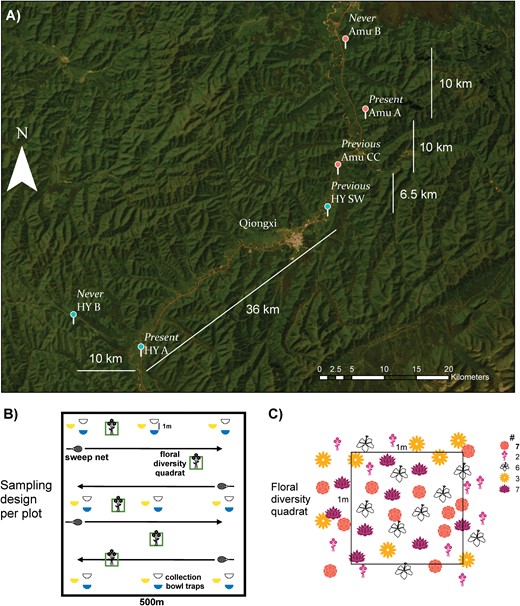2025-02-05 ペンシルベニア州立大学(PennState)
<関連情報>
- https://www.psu.edu/news/health-and-human-development/story/understanding-aging-requires-more-counting-birthdays
- https://onlinelibrary.wiley.com/doi/full/10.1111/acel.14451
ヒトにおけるエピジェネティック老化時計の組織間比較 Cross-tissue comparison of epigenetic aging clocks in humans
Abner T. Apsley, Qiaofeng Ye, Avshalom Caspi, Christopher Chiaro, Laura Etzel, Waylon J. Hastings, Christine M. Heim, John Kozlosky, Jennie G. Noll, Hannah M. C. Schreier, Chad E. Shenk ,…
Aging Cell Published: 09 January 2025
DOI:https://doi.org/10.1111/acel.14451

Abstract
Epigenetic clocks are a common group of tools used to measure biological aging—the progressive deterioration of cells, tissues, and organs. Epigenetic clocks have been trained almost exclusively using blood-based tissues, but there is growing interest in estimating epigenetic age using less-invasive oral-based tissues (i.e., buccal or saliva) in both research and commercial settings. However, differentiated cell types across body tissues exhibit unique DNA methylation landscapes and age-related alterations to the DNA methylome. Applying epigenetic clocks derived from blood-based tissues to estimate epigenetic age of oral-based tissues may introduce biases. We tested the within-person comparability of common epigenetic clocks across five tissue types: buccal epithelial, saliva, dry blood spots, buffy coat (i.e., leukocytes), and peripheral blood mononuclear cells. We tested 284 distinct tissue samples from 83 individuals aged 9–70 years. Overall, there were significant within-person differences in epigenetic clock estimates from oral-based versus blood-based tissues, with average differences of almost 30 years observed in some age clocks. In addition, most epigenetic clock estimates of blood-based tissues exhibited low correlation with estimates from oral-based tissues despite controlling for cellular proportions and other technical factors. Notably, the Skin and Blood clock exhibited the greatest concordance across all tissue types, indicating its unique ability to estimate chronological age in oral- and blood-based tissues. Our findings indicate that application of blood-derived epigenetic clocks in oral-based tissues may not yield comparable estimates of epigenetic age, highlighting the need for careful consideration of tissue type when estimating epigenetic age.


